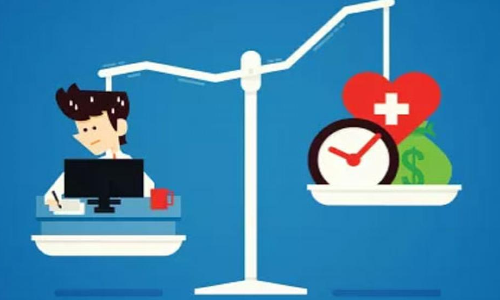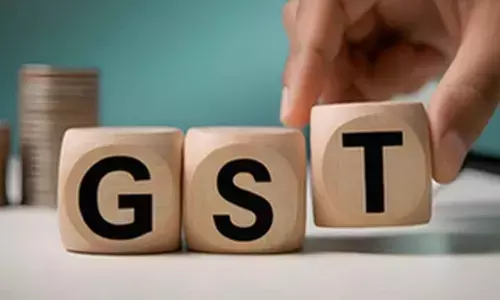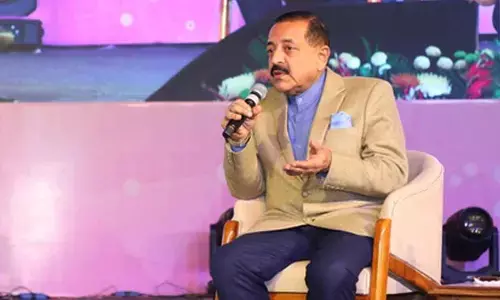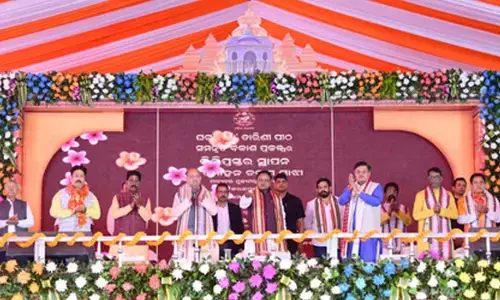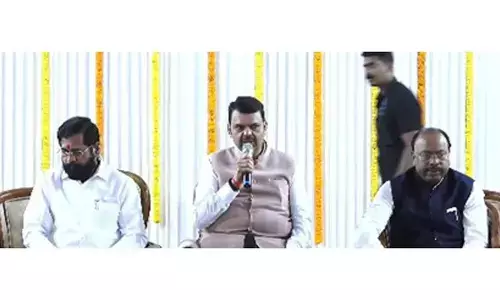ISRO visit sparks STEM dreams for 51 rural Jharkhand girls
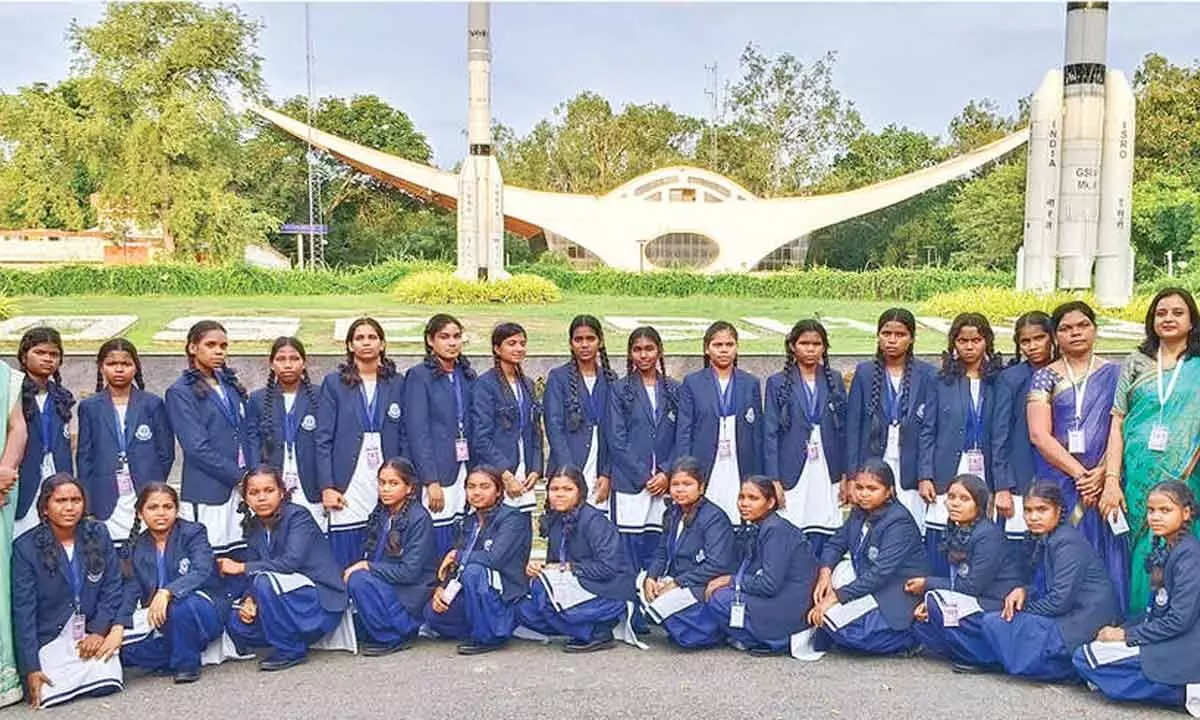
On the International Day of Women and Girls in Science (Feb 11), their story can be a true inspiration for many girls from underserved communities
Asthe Indian Space Research Organisation (ISRO) continues to make history with missions like Chandrayaan, Mangalyaan, and GSLV-F15, what could be more inspiring for students passionate about science than visiting its facilities and interacting with the experts behind these achievements? For many, especially those from remote villages in rural India, such an experience seems unattainable due to limited exposure and a lack of role models in science, technology, engineering, and mathematics (STEM).
However, the story of 51 girls from Gumla, a tribal village in Jharkhand, proves that determination and opportunity can open doors to new aspirations, echoing the words of former President and scientist Dr APJ Abdul Kalam, who believed that working for one’s dreams ultimately makes them a reality. These students, from various government schools in Gumla, travelled in two groups and experienced their first-ever flight before reaching ISRO’s Satish Dhawan Space Centre in Sriharikota.
The visit proved to be transformative, igniting a passion for space science and research among them. Many now dream of becoming scientists, a vision they might not have imagined before. Organised by the district administration in collaboration with Transform Rural India’s Public Policy in Action (PPiA) Fellowship, the initiative aimed to bridge gender and socio-economic gaps in STEM education, empowering marginalised tribal girls to explore careers in scientific research and innovation.
The visit was also timely, as the underrepresentation of women and girls, especially those from rural India, in STEM fields has been a persistent concern for our policymakers. This issue is particularly pronounced in tribal regions, where factors such as poverty, limited access to quality education and early school dropouts often curtail girls’ ambitions and aspirations to pursue careers in these fields.
“The first batch visited in 2023, while the second batch made the trip in 2024. A key advantage of the programme is that it empowers rural bright students who face several barriers such as poverty, a lack of role models in STEM, and limited encouragement from their families. What made us happy was that the visit proved transformative, inspiring as many of them have gone to pursue education in science streams and we believe provided constant support they can build careers in STEM, particularly in space research,” says Ramesh Kumar, the ex-PPIA fellow who supported the project led by Karn Satyarthi, Deputy Commissioner Gumla.
He adds that the selection process prioritised transparent competition, with a focus on inclusivity and merit as the major criterion. For instance, all 26 girls in the second cohort were top scorers in the District Science Olympiad from their respective schools. To ensure fair representation, a cap was set, allowing a minimum of one and a maximum of three students per school. Meanwhile, four of these students belonged to the Asur community, an extremely vulnerable social group classified as a Particularly Vulnerable Tribal Group (PVTG) by the Government of India.
“Almost all of them are first-generation learners facing multiple challenges. Further, due to historical and geographical factors, students in Gumla, especially those in government schools, have had limited exposure to scientific education and research. More such initiatives should be introduced to help them explore opportunities and aspire to careers in STEM,” concludes Ramesh.






